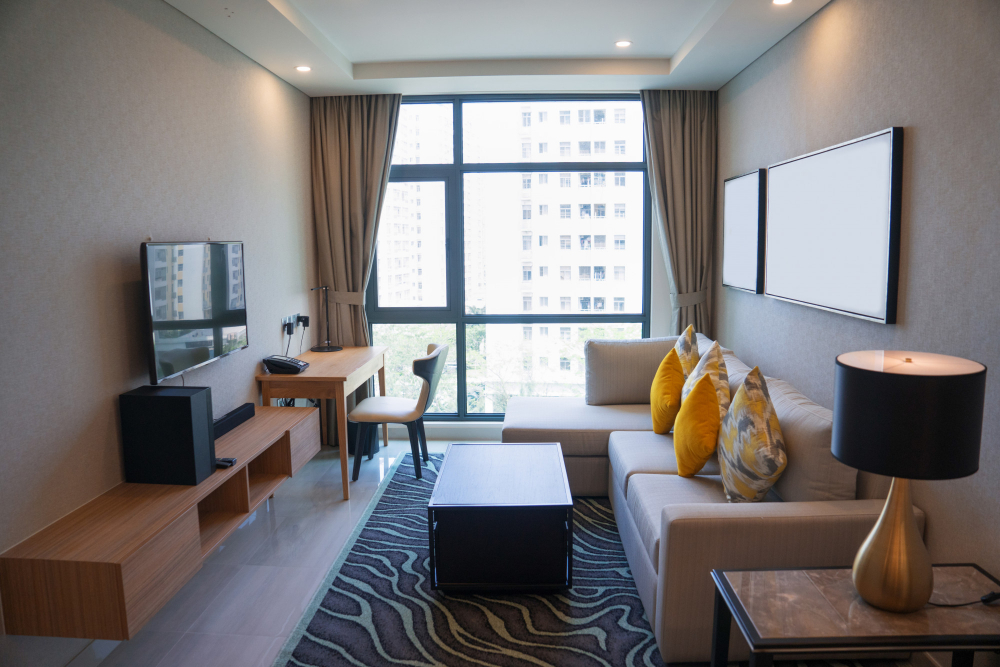Energy efficiency is becoming an essential priority in households across India as environmental concerns and rising electricity costs push people to look for sustainable solution. Homeowners are now more eager to reduce their carbon footprint while also saving on energy bills. By adopting energy-efficient upgrades, not only do you help protect the planet, but you also create a more comfortable and cost-effective living space. In this article by Mistyinfo.com, we will explore the best tips for energy-efficient home upgrades that are especially relevant for homes in India.
Best Tips for Energy-Efficient Home Upgrades in India by Mistyinfo.com
1. Switch to LED Lighting
One of the simplest and most effective ways to enhance energy efficiency in your home is by switching to LED bulbs. Traditional incandescent bulbs consume a large amount of energy and produce heat. LED bulbs, on the other hand, consume significantly less power and last longer, offering both environmental and economic benefits. In fact, LEDs use up to 80% less energy and have a lifespan of up to 25,000 hours, making them the ideal choice for Indian homes where lighting is used extensively.
Benefits of LED Lighting:
- Reduced energy consumption.
- Longer lifespan compared to traditional bulbs.
- Minimal heat generation, making homes cooler.
- Available in various colors and intensities to suit different rooms.
2. Install Solar Panels
Solar energy is one of the most abundant and clean energy sources available in India. Installing solar panels on your roof can help you harness the power of the sun to generate electricity for your home. Though the initial investment for solar panel installation may seem high, the long-term benefits in terms of reduced electricity bills and government subsidies make it a worthwhile upgrade. Additionally, India’s climate is ideal for solar energy, with many regions experiencing sunlight for the majority of the year.
Advantages of Solar Panels:
- Significant reduction in electricity bills.
- Government incentives and subsidies for solar installations.
- Environmentally friendly energy source.
- Low maintenance once installed.
3. Upgrade to Energy-Efficient Appliances
Outdated appliances consume a lot more energy than modern, energy-efficient ones. Upgrading to appliances that have a high energy star rating can lead to substantial savings on energy bills. This is particularly important for appliances like air conditioners, refrigerators, washing machines, and microwaves, which are used frequently in Indian households.
When purchasing new appliances, look for the Bureau of Energy Efficiency (BEE) star rating. Appliances with more stars are more energy-efficient and can help reduce electricity consumption over time.
Key Appliances to Upgrade:
- Air Conditioners: Opt for an inverter AC with a 5-star rating to reduce cooling costs.
- Refrigerators: A modern, energy-efficient refrigerator uses less power while maintaining optimal food storage.
- Washing Machines: Front-load washing machines are typically more efficient than top-load variants.
4. Enhance Insulation and Seal Leaks
Proper insulation plays a crucial role in maintaining a consistent indoor temperature, reducing the need for excessive heating or cooling. Many Indian homes are built with minimal insulation, which leads to significant energy loss, particularly during extreme weather conditions. Insulating your walls, roof, and floors can keep your home cooler in the summer and warmer in the winter, thereby reducing the need for air conditioners or heaters.
Additionally, sealing any leaks in doors, windows, and other openings helps to prevent conditioned air from escaping, ensuring that your home stays energy-efficient.
Insulation and Sealing Tips:
- Install weatherstripping around windows and doors.
- Use thermal curtains to block excessive sunlight.
- Insulate roofs and walls to improve energy retention.
- Seal gaps in areas like pipes, vents, and electrical outlets.
5. Use Smart Home Technology
Smart home technology is revolutionizing the way we manage energy consumption in our homes. From smart thermostats that regulate temperature based on your daily routine to energy-monitoring devices that track power usage, technology can play a significant role in reducing waste.
By using smart plugs, lighting systems, and thermostats, you can control the energy consumption of various devices in your home with just your smartphone. These devices also provide real-time data on energy usage, allowing you to make more informed decisions about energy consumption.
Popular Smart Home Devices:
- Smart Thermostats: Adjust temperature settings remotely and create schedules for energy-efficient heating and cooling.
- Smart Plugs: Control devices remotely and set timers to avoid leaving gadgets on unnecessarily.
- Energy Monitoring Systems: Track and optimize energy consumption throughout your home.
6. Upgrade Windows to Energy-Efficient Models
Windows can be a significant source of energy loss, especially during extreme weather conditions. Old, single-pane windows do not provide adequate insulation, leading to higher cooling or heating costs. Replacing them with energy-efficient double-glazed windows can help regulate indoor temperatures and reduce energy consumption.
These windows are designed to trap heat during winter and block it during summer, reducing the need for artificial heating and cooling. They also improve overall indoor comfort and reduce noise pollution from outside.
Benefits of Energy-Efficient Windows:
- Reduced energy bills due to better insulation.
- Enhanced indoor comfort.
- Noise reduction.
- Reduced UV damage to furniture and flooring.
7. Use Energy-Efficient Water Heating Solutions
Heating water accounts for a large portion of energy consumption in many Indian homes, particularly in cooler regions. Upgrading to an energy-efficient water heating system, such as a solar water heater, can greatly reduce energy use. Solar water heaters use the sun’s energy to heat water, which can then be stored and used throughout the day.
In addition to solar heaters, installing low-flow showerheads and faucets can also help conserve water and reduce the energy required to heat it.
Energy-Efficient Water Heating Options:
- Solar Water Heaters: Ideal for areas with consistent sunlight.
- Heat Pump Water Heaters: These systems use less energy than conventional water heaters by transferring heat rather than generating it.
- Instant Water Heaters: These heaters only heat water when needed, reducing standby energy loss.
8. Adopt Sustainable Cooling Solutions
India’s hot and humid climate often leads to high air conditioning usage. However, there are sustainable alternatives to conventional air conditioners that can help you stay cool while saving energy. Evaporative coolers, ceiling fans, and proper ventilation are effective ways to maintain indoor comfort without relying solely on ACs.
Additionally, using natural cooling techniques like planting trees around your home or installing reflective roofing can significantly reduce indoor temperatures.
Sustainable Cooling Solutions:
- Install ceiling fans to improve air circulation.
- Use evaporative coolers, which consume less energy than traditional ACs.
- Plant trees or create green spaces to naturally cool your home.
- Use reflective materials for roofing to deflect heat.
Conclusion
By adopting these energy-efficient home upgrades, homeowners in India can significantly reduce their energy consumption while enjoying long-term cost savings. Not only do these tips contribute to a greener environment, but they also enhance the comfort and functionality of your living space. From switching to LED lighting and upgrading to energy-efficient appliances to using solar power and enhancing insulation, these changes are simple yet impactful. Mistyinfo.com emphasizes that energy efficiency starts with small steps, and by making mindful upgrades, you can create a more sustainable and cost-effective home.


